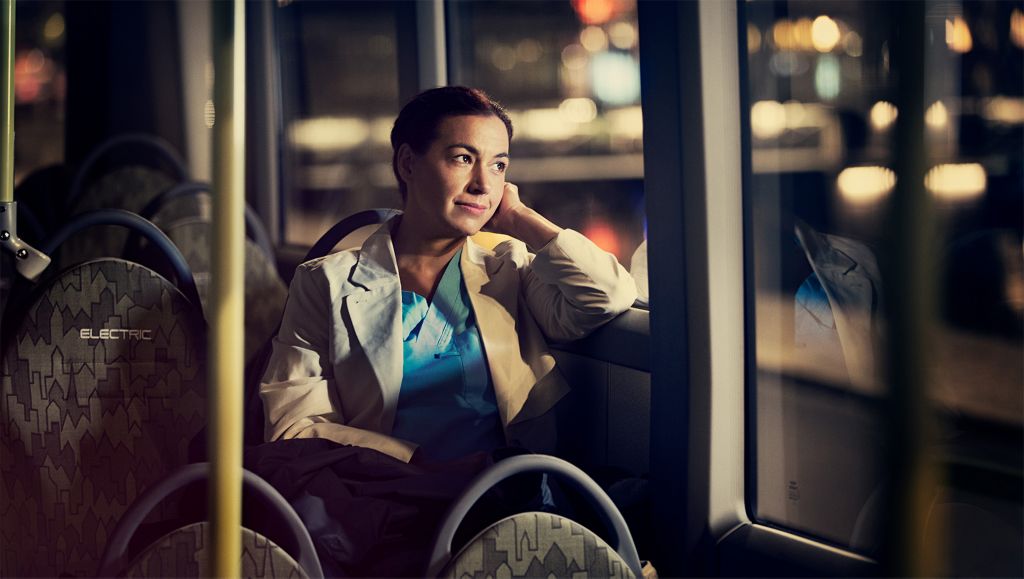The algorithms that can save you


When you climb on board a modern Volvo bus, it will have taken part in several hundred collision tests, the overall aim of which is to ensure that you travel in safety. However, most of these collision tests no longer take place on test tracks. They are instead conducted in server halls.
“Using computer simulations, we are able to conduct the same collision tests several times, but with minor adjustments. If, for example, we simulate a frontal collision with a car, after every test, we are able to adjust the angle and start again to evaluate the structure of the bus in as many situations as possible,” explains Sofie Wistrand, Feature Leader of Collision Safety at Volvo Buses.
Digital copies
For almost 20 years, Volvo Buses has been simulating vehicle collisions on computers. However, it is only recently that the power of processors has become so advanced that it is possible to make digital copies of vehicles with far higher reliability.
“We divide the model into tiny, tiny pieces and then calculate what happens to each individual element in a collision. Sometimes, we also conduct a physical collision test in order to compare the results with those of the simulations and we have then found that the results of physical tests and simulations are incredibly similar,” she says.
More people to protect
Conducting safety tests on vehicles digitally has become increasingly common in the automotive industry. However, in the case of buses, there is another dimension of safety that needs to be taken into account.
“In a bus, we have more people to protect than the driver. We have all the passengers and their safety is just as important.”
Of the bus accidents that occur, there is one type that sticks out – bus roll-overs. This is the accident type with the highest severity of injuries. To resolve this, there is what is known as a “residual space”. If the bus tips over, its design must withstand the force of the collision and, at the same time, leave a “residual space” for the passengers.
Best possible solution
Using simulations, Volvo Buses has been able to test a number of scenarios, materials and designs in the hunt for the best possible solution.
“In simulations, we are able to evaluate vehicles that haven’t even been built. This really speeds up the development process. Once we build the first buses, we know that they are crash-safe from the very start,” says Sofie Wistrand.